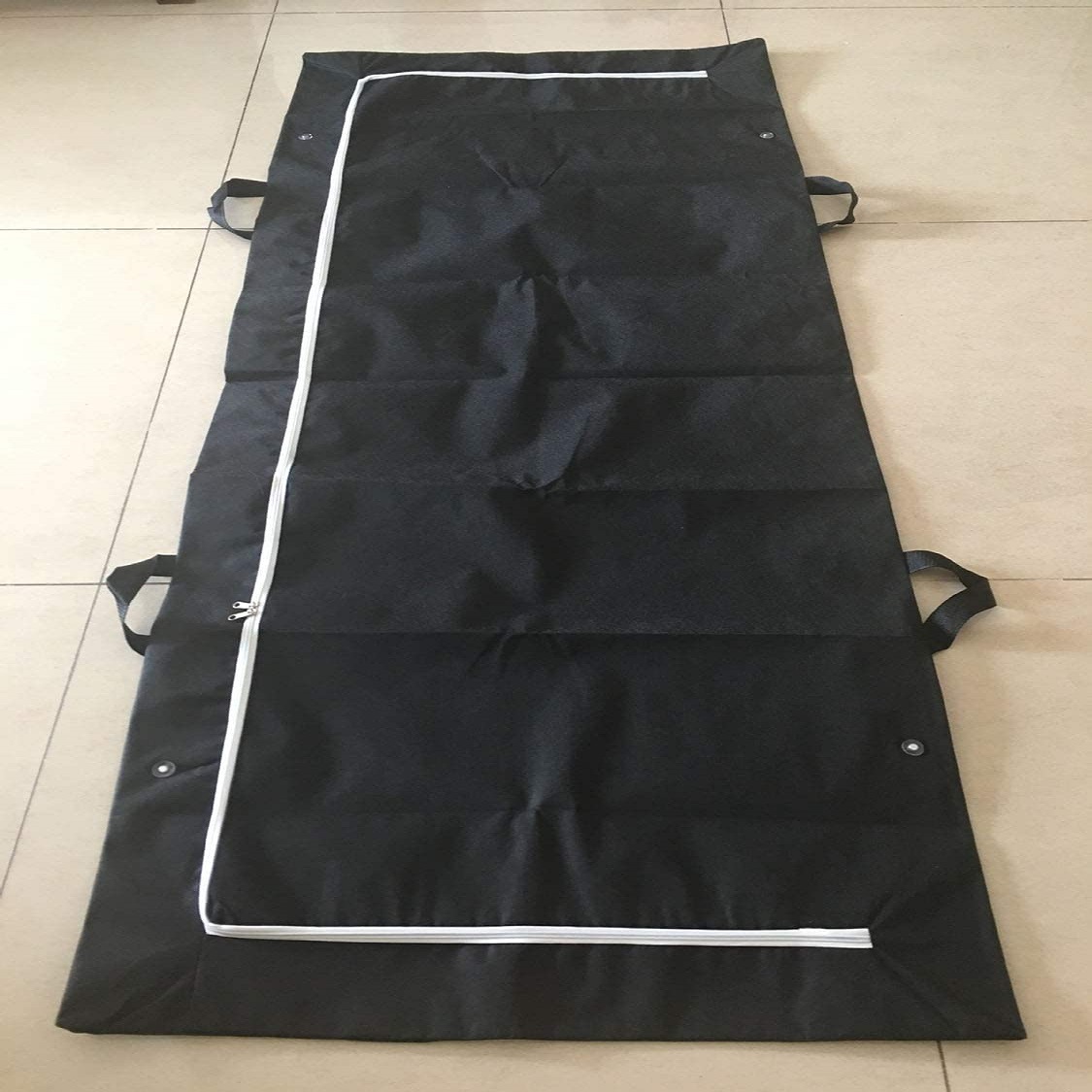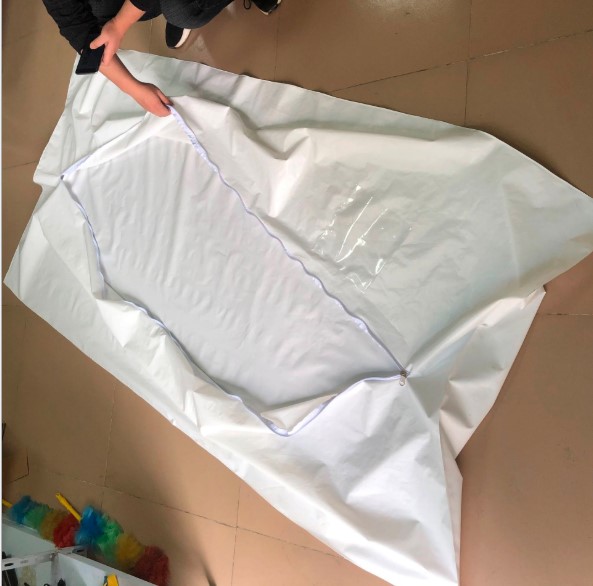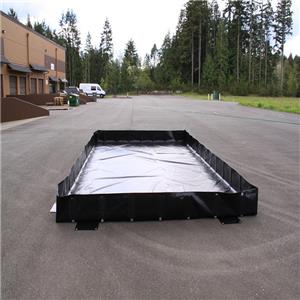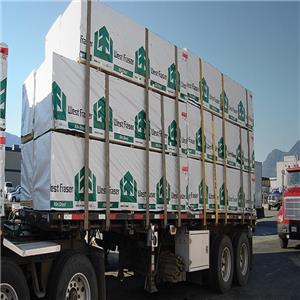How To Use the Cadaver Body Bag During COVID-19
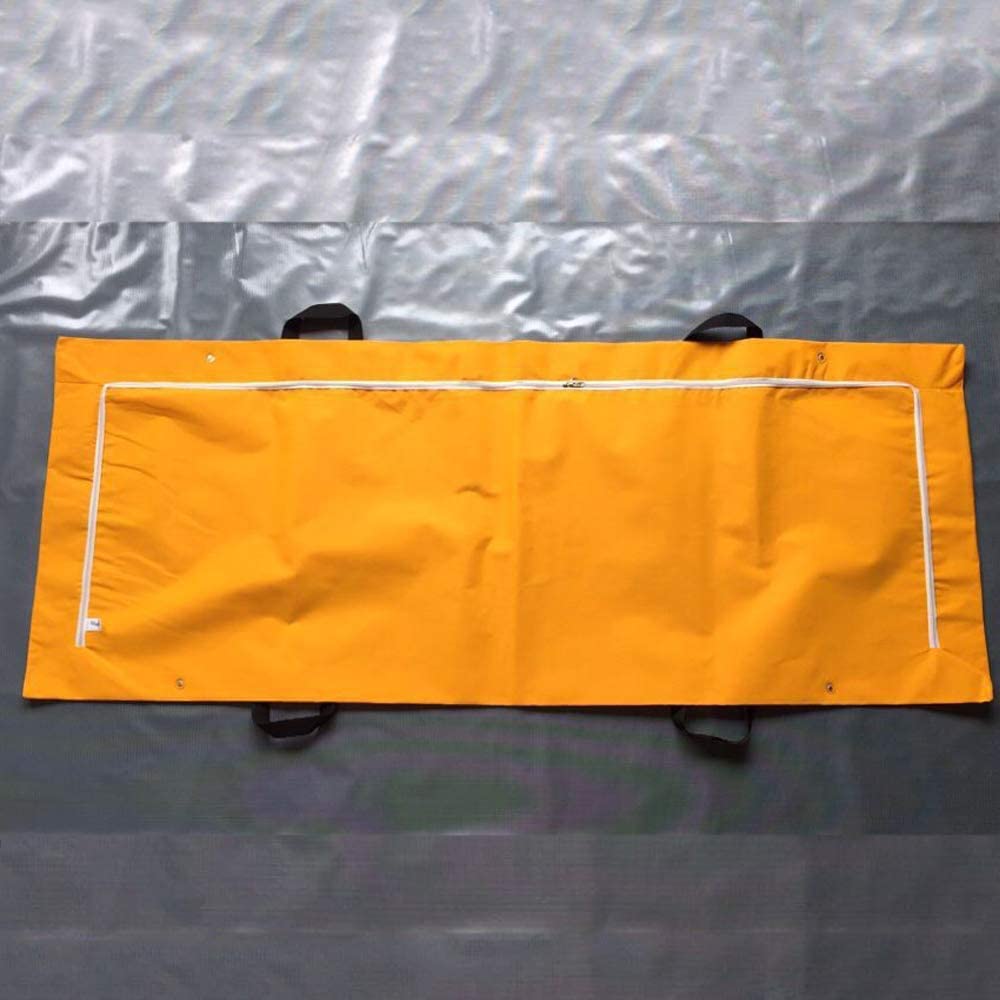
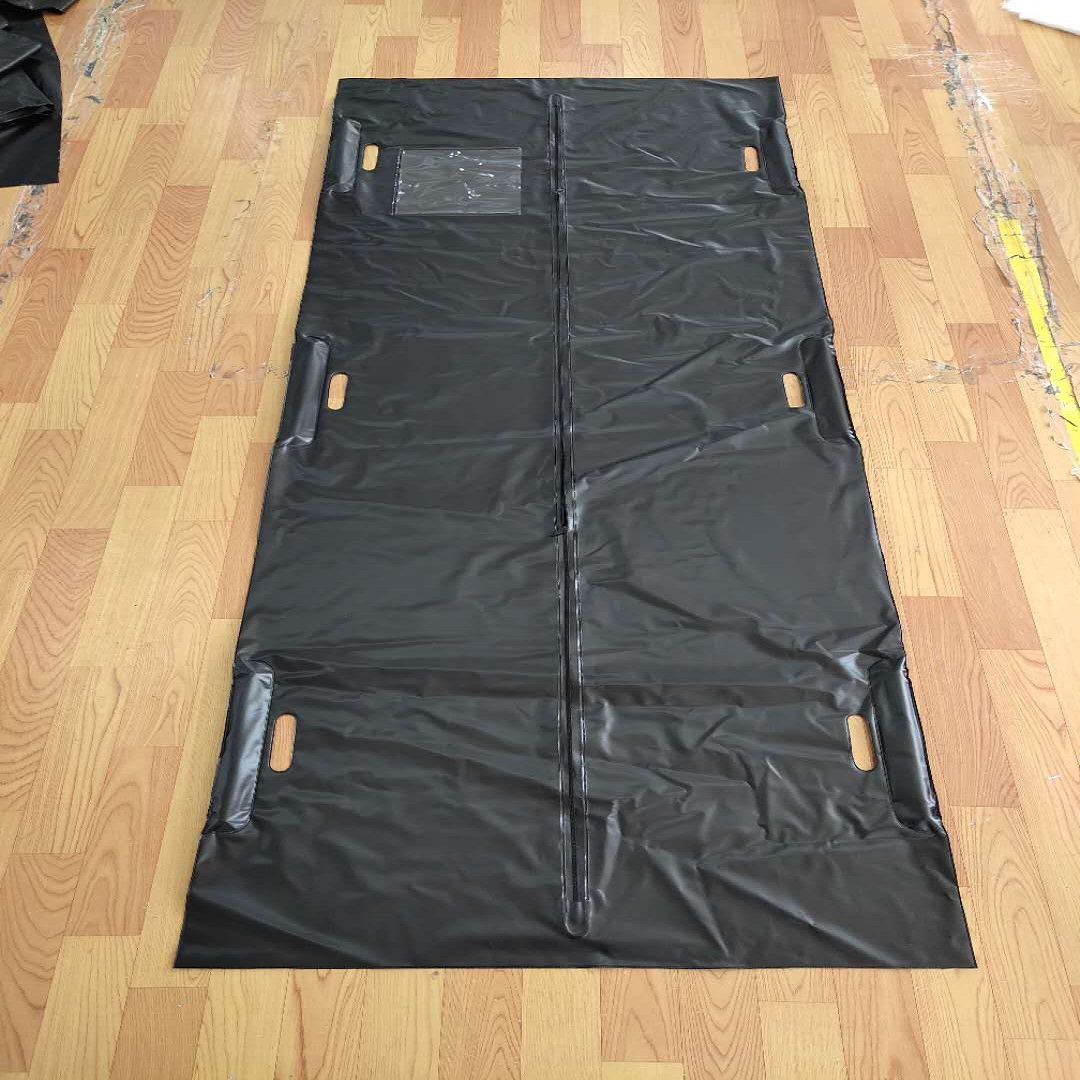
This information has been developed to provide common guidance to all those who may participate in the removal of a decedent who is positive for COVID-19 or for those who conduct funeral services.
COVID-19 is a new disease and we are still learning how it spreads. The virus is thought to mainly spread from close contact (i.e., within about 6 feet) with a person who is currently sick with COVID-19. The virus likely spreads primarily through respiratory droplets produced when an infected person coughs or sneezes. These droplets can land in the mouths or noses of people who are nearby or possibly be inhaled into the lungs.
Funeral services
There is currently no known risk associated with being in the same room at a funeral or visitation service with the body of someone who died of COVID-19. However, the following guidance should be observed:
Funerals cannot exceed 10 people while the order is in place.
All funerals and cremations must occur within three days of the date of death, if practical.
Handling a body
Funeral homes should be notified if the decedent they are to collect has been tested positive for COVID19.
The act of moving a recently deceased patient may be sufficient to expel a small amount of air from the lungs, thereby presenting a risk of contamination. Those handling the body should use full PPE consisting of an impervious gown with full sleeve coverage, eye protection, N95 mask (or other approved mask) and double surgical gloves.
Refer to the CDC guidance:
Preparing personnel/staff
Appropriate PPE should be donned BEFORE contact with the body.
No nonessential personnel should be present in the room/morgue when making a removal and ONLY those properly outfitted with appropriate PPE should be involved in the process.
Have a deliberate plan in place and understood by all personal/staff participating in the removal of the body concerning all facets of the removal process (e.g. putting on and removing of PPE, route from morgue/room to vehicle and other vital information).
Preparing the body for removal ----Use the Cadaver Body Bag
Cover the face entirely (especially nose and mouth) with a material (rolled cotton, paper towels, cloth towel, etc.) thoroughly soaked with a strong disinfectant.
Ensure the body is properly tagged with the decedent’s identification.
Ideally the body should be wiped down with disinfectant when possible.
The body should be placed in a lightweight body bag, often referred to as shrouds by hospitals.
The body bag is wiped down with EPA-approved emerging viral pathogens claims disinfectant.
Tag the body bag with the decedent’s identification.
Hospitals should apply a biohazard or other label indicating an infectious case. Alternatively, clearly mark (with heavy black marker) with appropriate language.
The body can then be transported to the funeral home or coroner vehicle by the most direct route possible.
Preparing funeral personnel to return to funeral home, morgue or other location
Once the body is placed in the funeral vehicle, remove PPE. ALTERNATIVELY: Insure the transportation cot/gurney is completely wiped down with an EPAapproved emerging viral pathogens claim disinfectant, properly remove PPE and put on double gloves to handle the cot/gurney from the place of removal to vehicle.
Place PPE in a biohazard bag or other container and transport to the funeral home for proper disposal. NOTE: Hospitals may take PPE or disposal.
After removal of PPE, wash hands with soap and water for at least 20 seconds or use an alcoholbased hand sanitizer that contains at least 60% alcohol if soap and water are not available.
